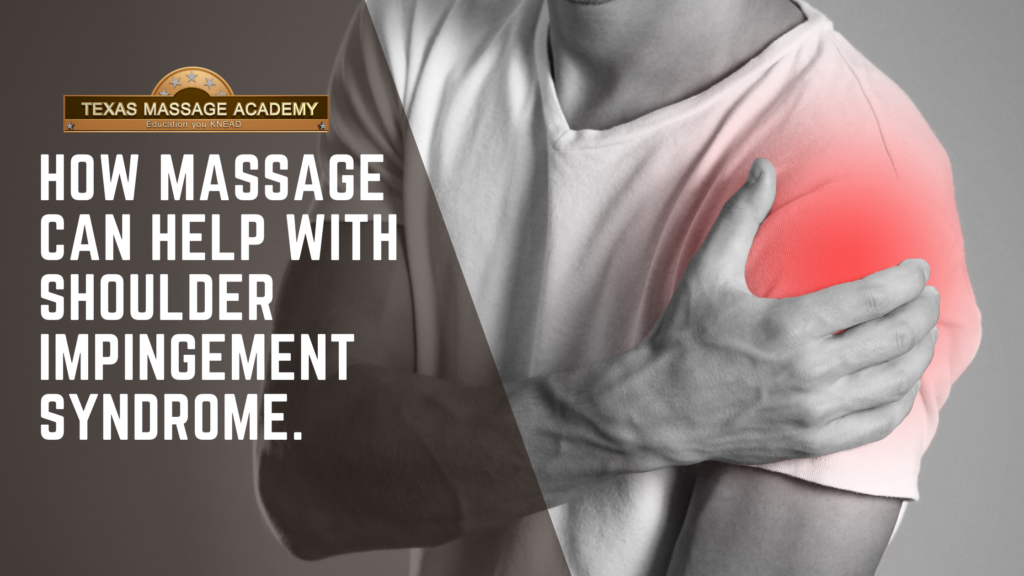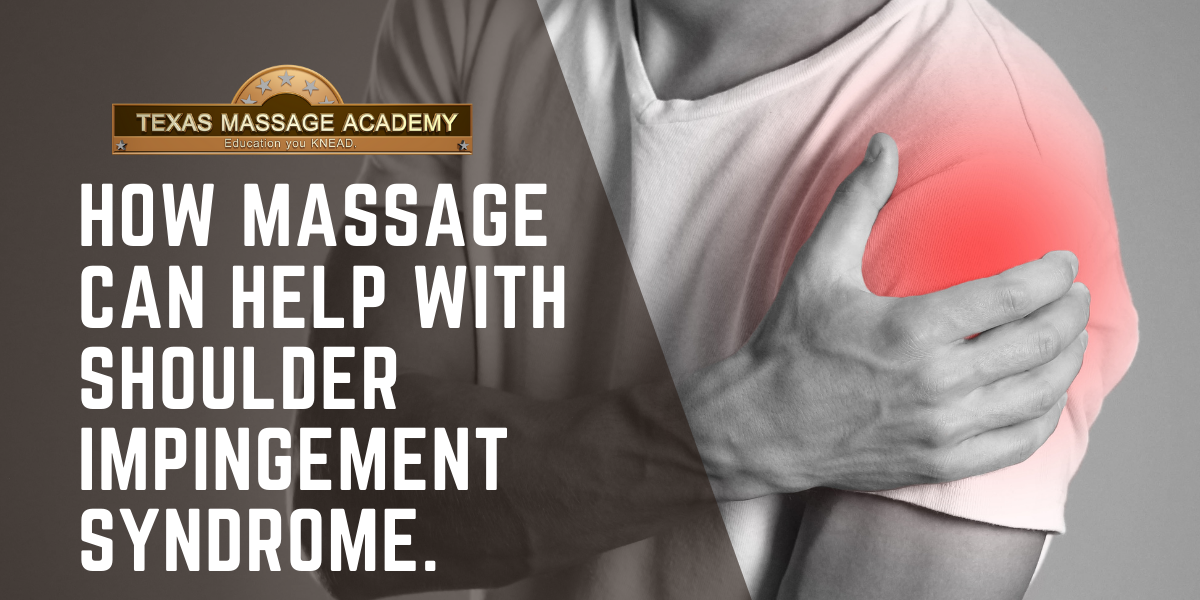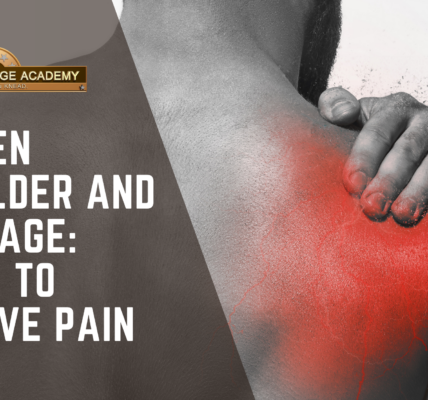As an Amazon Associate, I earn from qualifying purchases.

Early on, Shoulder Impingement Syndrome (SIS) may not produce pain. However, as it progresses, you will notice an ache in your shoulders (especially when reaching forward), and this discomfort tends to increase with activity or prolonged arm positioning. This condition can go undiagnosed if the pain isn’t bad enough; however, if left untreated, this can lead to more severe issues such as rotator cuff tears, tendonitis, and reduced range of motion (Fisher-Wellman et al., 2013).
Shoulder Impingement(Opens in a new browser tab)
What are SIS symptoms?
There are many symptoms you should look out for when diagnosing shoulder impingement, but here are some of the more common ones:
– Aching or sharp pain that gets worse with arm movement – Acute loss of shoulder function (such as difficulty moving your arms above shoulder height) – Frequent headaches stemming from shoulder pain – Arm weakness
What to do to reduce shoulder impingement?
There are several ways shoulder impingement can be reduced, including prolonged rest, external shoulder rotation, shoulder abduction to 90 degrees or less, and shoulder flexion to 90 degrees or less. In addition, massage therapy is also effective in helping shoulder impingement syndrome (SIS).
5 Tips to Prevent Shoulder Injuries(Opens in a new browser tab)
How does massage help?
Massage reduces SIS by decreasing the amount of pain you experience in your shoulders through various mechanisms. For example, massage can decrease inflammation in the shoulder joint by increasing lymphatic drainage from the shoulder joint. It also releases adhesions along muscles around the shoulder joint which could exacerbate pain if left untreated. Lastly, massage increases blood flow to the shoulder and gets rid of “toxins,” like lactic acid build-up, which can be detrimental to shoulder health (Fisher-Wellman et al., 2013).
Massage for Shoulder Impingement Syndrome?
The shoulder is a complex joint, so it needs to be treated by a therapist who specializes in shoulder massage. There are many different types of massage therapy but generally speaking; they follow these steps:
1.) Your shoulder area is massaged using long gliding strokes that focus on specific trigger points around your shoulder. These could include knots along the shoulder blade, the top outer edge of your shoulder, or along with your shoulder muscles themselves.
2.) Stimulate and increase blood flow to these muscle areas while also working on relaxing them.
3.) This increased blood flow in the shoulder joint helps flush away any toxins in the shoulder joint.
Massage therapy is an effective treatment option for shoulder impingement syndrome. It decreases shoulder pain by reducing inflammation and adhesions around shoulder muscles, increases blood flow to the shoulder area, and reduces or eliminates shoulder pain. Furthermore, massage therapy can be used with other treatments such as exercise therapy to bring about the best results.
As shoulder impingement syndrome is a common shoulder injury, it’s best to book an appointment at Texas Massage Academy because we offer student massage therapy that provides effective shoulder pain relief. In addition, all therapists at TMA are trained and prepared to work with shoulder injuries and sport-related stress because of the hours spent perfecting their deep tissue techniques. We also provide many other services such as Relaxation Massage, Prenatal Massage, and Spa Services. Our office is conveniently located in Brownwood, TX, so please call us today at 325.646.4272 or book online here!
References:
– Fisher-Wellman KH1, Hsu WK2., Janda V. “Massage Therapy In The Management Of Shoulder Impingement Syndrome–A Narrative Review.” Int J Sports Phys Ther. 2013; 8(4): 405–415.
– Grieve GP., Jull GA., Wright A..Mobilisation with movement and exercise





